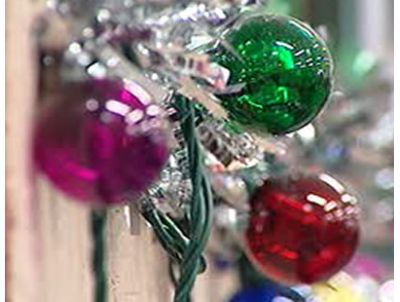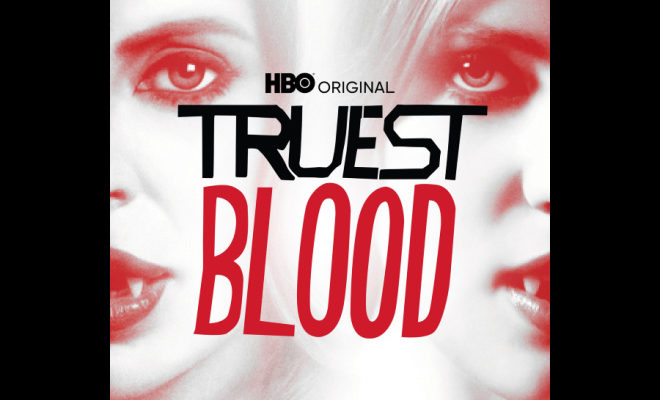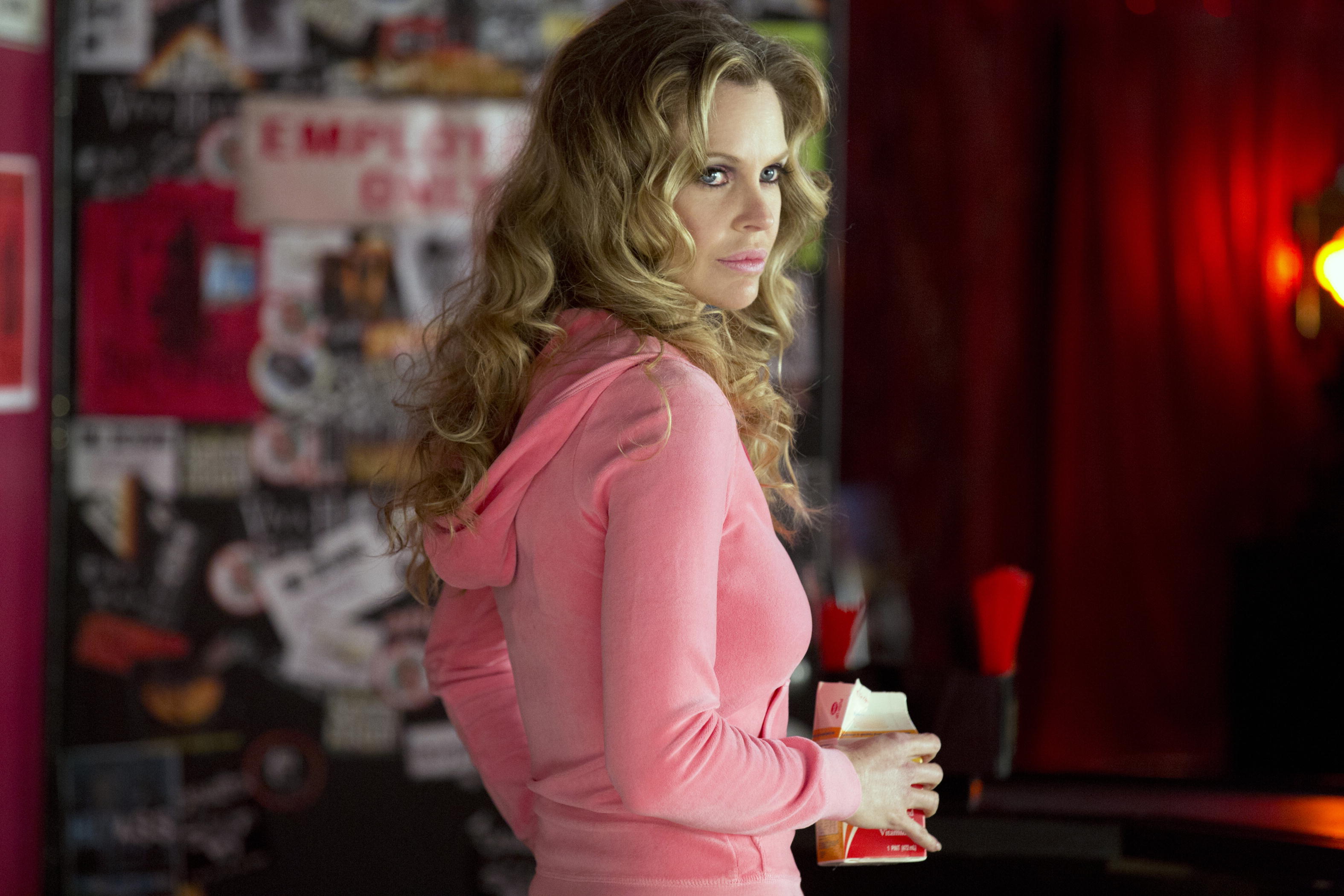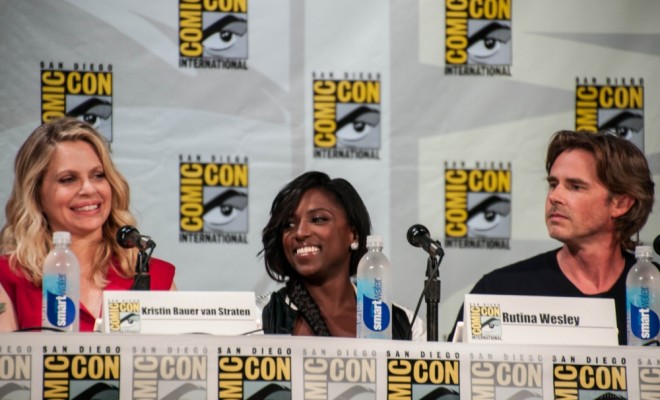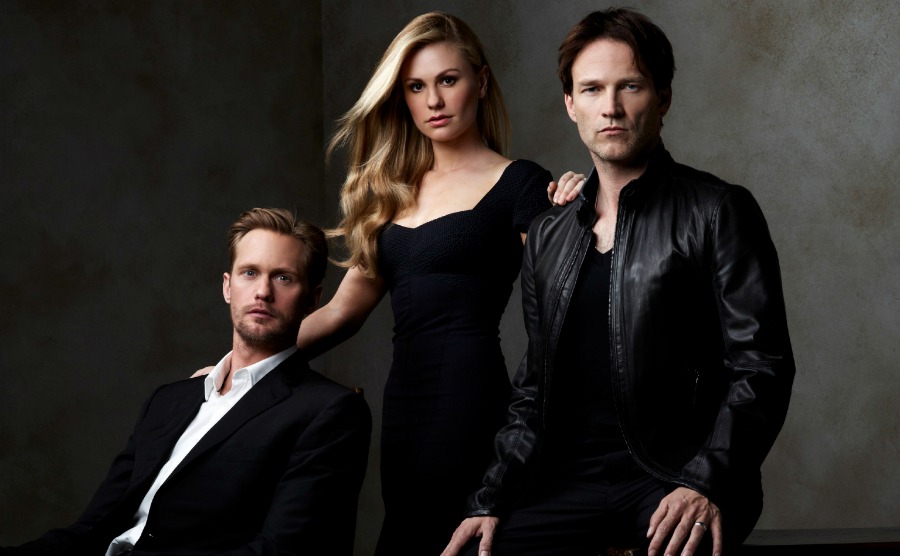Holiday Mythology: Yule & Christmas
The Origins of Christmas
The winter solstice is a time of many types of celebration: Hanukah or Chanukah, Yule, Christmas. During this time, the winter is slowly being transformed into spring. The day of the solstice is the shortest day and the longest night. In Charlaine Harris’ world, Sookie explains that Vampires love the winter solstice because the night is longer.
Eric, being a Viking, was never a Christian but he would have been familiar with Yule. And though you may not know it, you are familiar with it too, as many of our Christmas traditions come from the Norse.
The Vikings celebrated Yule or Iule which means “wheel”. The Venerable Bede wrote that the Norse saw time as a turning of the wheel and thought of Yule as the top of the wheel or the beginning of the new year.
For the Norse and the Celts, the mother goddess began her life in the spring as the maiden, cruises through the summer and fall as the mother and ends her cycle as the crone.
With the Winter Solstice, her lover/son is also transforming. Now the Holly King, the son of the goddess goes to battle with the Oak King and “dies”. While he is “dead” to us, the Oak King, also known as the Green Man or the god reigns, awaiting for the new growth of spring. Before he “lies down” the Oak King consummates his relationship with the goddess and the faithful wait to see the regeneration of the earth.
In the Norse Prose Edda, and Ynglinga Saga, there are a great many descriptions of the Yule celebrations. One of the things that were done was the ritual sacrifice of an animal to the god. The animal would then be prepared for the feast. While the food was being prepared, there were many activities to be indulged in.
Wassailing
This is the original drinking game. Led by the chieftain of the village, cups of mead would be hoisted and toasts given. Ladies were praised for their beauty and fertility; men were praised for their courage and prowess in the battle or hunting field. They were also praised for their virility and their ability to provide the villages with strong sons. There were also playful roasts, especially of the chieftain.
Decorating
Decking the halls with evergreens, tinsel and other ornaments were meant to brighten the drab homes during the dark, drab winters. The festive décor also invited the goddess and the god into their home before they unite and go to their rest until spring when they are reborn as the fruitfulness of the earth.
Yule Log
The forerunner of the Christmas tree, plays a dual role. The first is bring enough light into the house to scare off the demi-god of mischief, Loki. Little notes with the hopes, dreams and wishes of the people represented on them were attached to the log to be burnt so their prayers would ascend to heaven to be read by the gods.
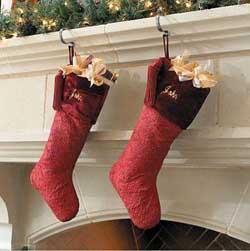
Stuffing stockings
This tradition is a part of our modern Santa lore and Pagan tales of Odin.
Caroling
No party is complete without singing and though many of the ancient Yule songs are long gone, we still carry out the tradition with gusto if not talent.
Sources: Holidays Around the World by Stephanie Woll and The Ways of People: Celebrating Around the Globe by Daniel Michaels, Goddess Alive by Elizabeth Dougan and Where There is Magik, the Goddess is Afoot by Starsinger, The Encyclopedia of Mythology by Eric Flaum and Edith Hamilton’s Mythology by Edith Hamilton, Why Do We Do That? by Father Simon McNarry.

